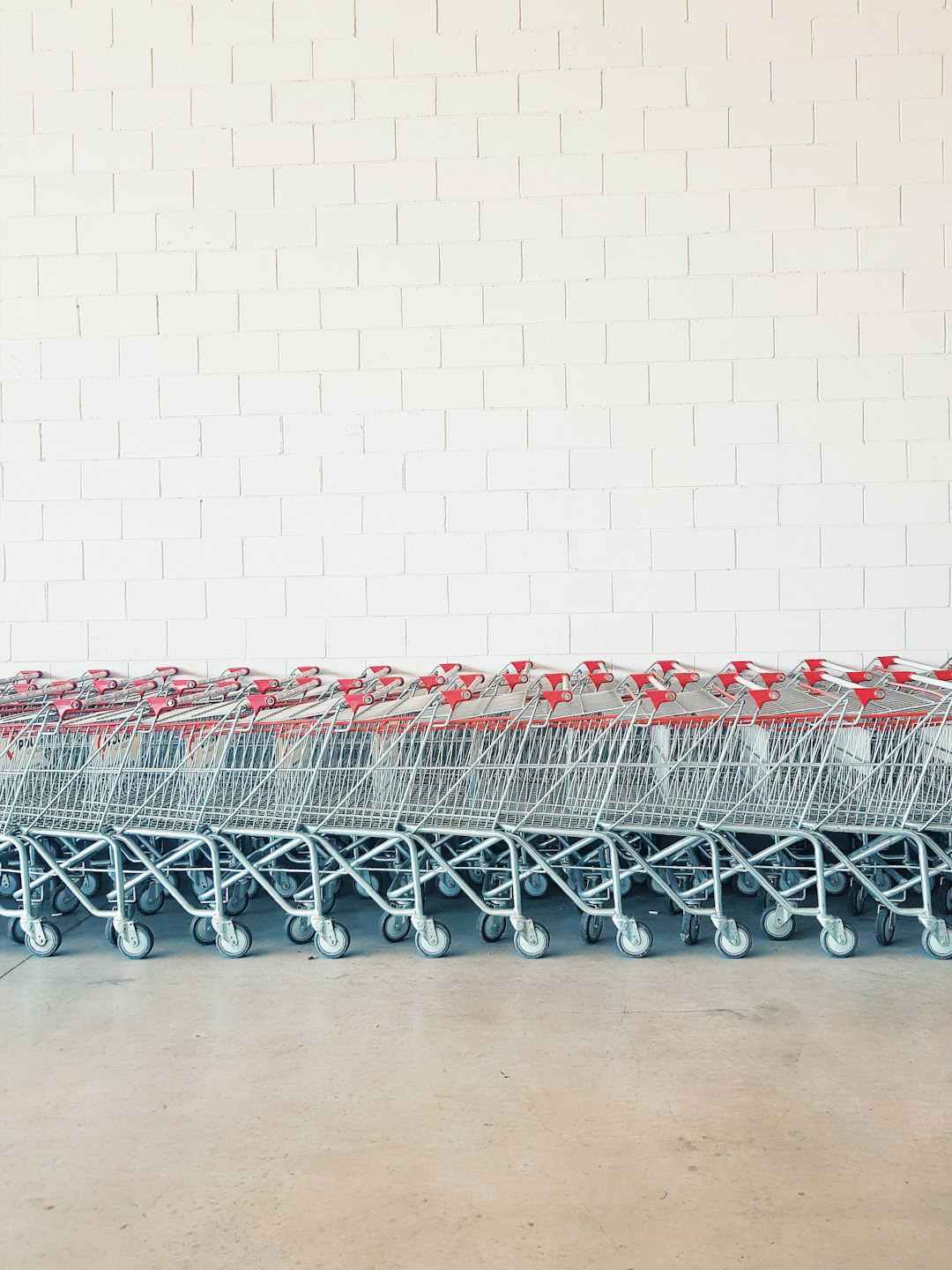Storytelling is a powerful tool that has been used throughout history to convey messages, entertain, and inspire. In today’s digital age, storytelling has evolved to include visual design as a key component. Visual design allows storytellers to not only communicate their message through words but also through images, colors, and layout.
Visual design has the power to evoke emotions, create connections, and engage audiences in a powerful way. When used effectively, visual design can enhance a story, making it more compelling and memorable. Whether it’s through a website, social media post, infographic, or video, visual design can help bring a story to life in a way that words alone cannot.
One of the key benefits of using visual design in storytelling is its ability to capture attention. In today’s fast-paced world, people are constantly bombarded with information and content. Visual design can help a story stand out and grab the viewer’s attention, drawing them in and encouraging them to engage with the content.
Visual design can also help to clarify complex ideas and concepts. By using images, graphs, and charts, storytellers can visually represent information in a way that is easy to understand and digest. This can be especially useful when trying to explain technical or abstract concepts, making the story more accessible to a wider audience.
In addition, visual design can help to create a cohesive and immersive storytelling experience. By carefully selecting colors, fonts, and imagery, storytellers can create a visual language that complements and enhances the story being told. This cohesive design can help to reinforce the message of the story and create a more memorable experience for the audience.
Furthermore, visual design can help to evoke emotions and create a more emotional connection with the audience. By using powerful imagery, vibrant colors, and thoughtful design elements, storytellers can elicit specific emotions and create a more impactful and memorable experience for the viewer.
Overall, the power of storytelling through visual design cannot be understated. Visual design has the ability to capture attention, clarify complex ideas, create a cohesive experience, and evoke emotions. By incorporating visual design into storytelling, storytellers can create more engaging, compelling, and memorable content that resonates with their audience. Whether it’s through a website, social media post, infographic, or video, visual design plays a crucial role in bringing stories to life and connecting with audiences in a meaningful way.















